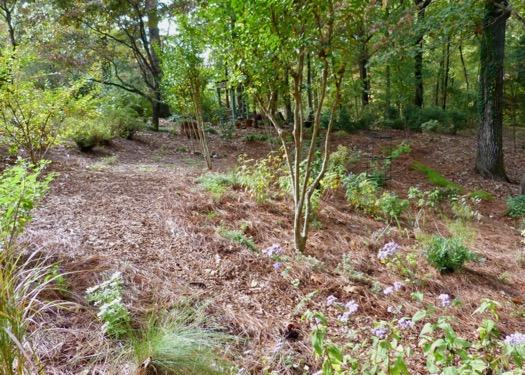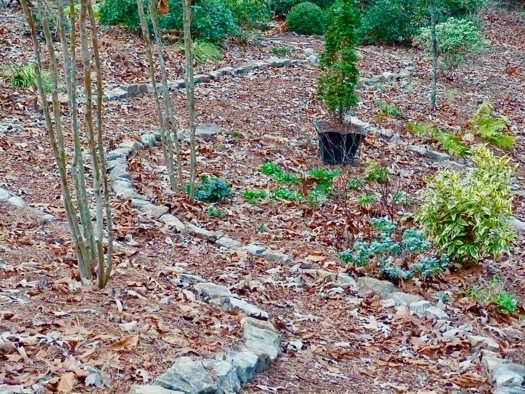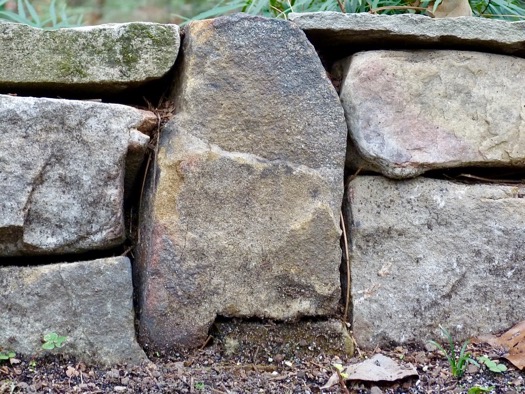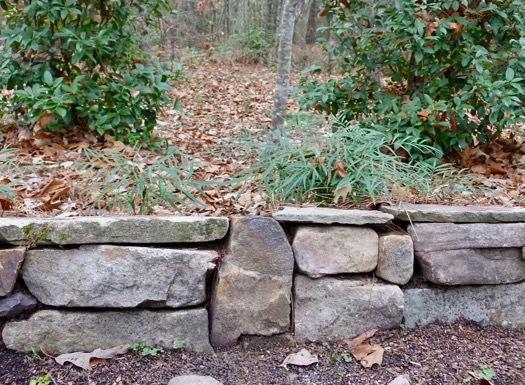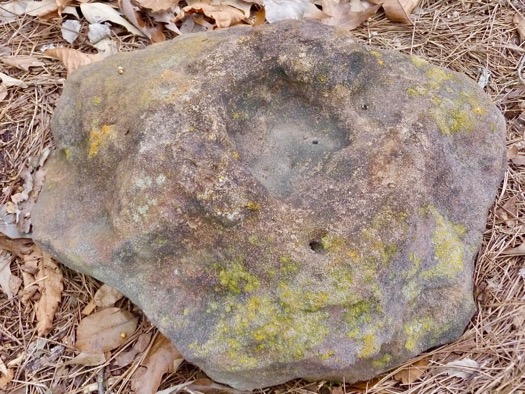Best of the Rest: Leftovers from 2019
 Sunday, January 12, 2020 at 10:30PM
Sunday, January 12, 2020 at 10:30PM 2020 is here! It is a fun year to say and write, and surely it is full of potential. But first, one look back to 2019. About this time each year I select photos from each month that for various reasons did not make it onto my blog, but may deserve a chance to get out of the leftover pile. So - drumroll - here they are: 2019 Best of the Rest!
January:
Lancinato kale is also known as Dinosaur Kale. I love to include it with my winter vegetables. It is tasty and grows huge, making quite a statement in the winter vegetable patch. It produces striking yellow blooms later in the year when it goes to seed.
February:
This is a close-up of the crystal gazing ball that rests amidst moss in an old birdbath in the woodland garden. The image on the left is what you normally see, and the one on the right is the inverted view.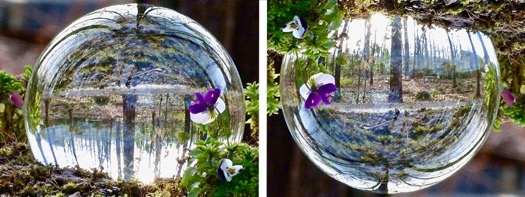
March:
We usually have lots of rain in winter and spring, and the woodland garden paths grow lush with moss.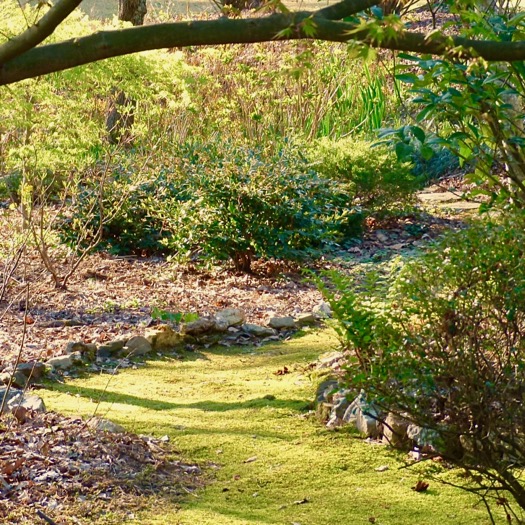
April:
Rhododendron austrinum is a native azalea commonly called the Florida Flame Azalea. It has brilliant blooms with lovely fragrance.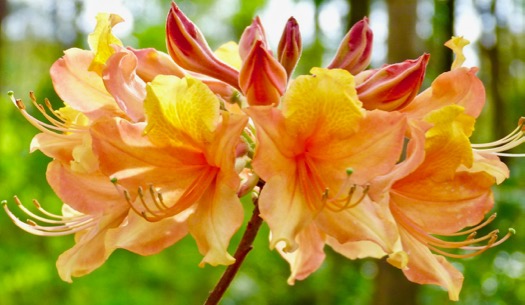
May:
Clematis 'Niobe' was a new addition to my garden in 2019. It is growing well, and I am looking forward to seeing it bloom in 2020.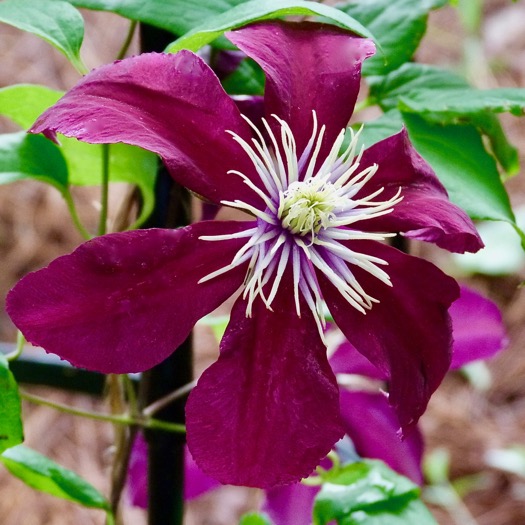
June:
This is the entrance to the vegetable and work area of my garden. A lot of non-glamorous stuff goes on behind the fence. A little fairy garden is in the wheelbarrow.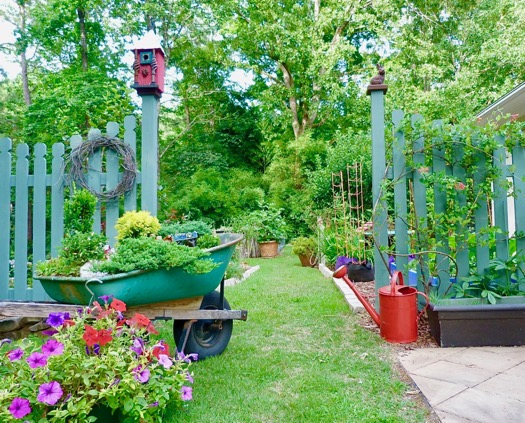
July:
This is my son Sam giving thumbs-up to his first 'Orange Crush' watermelon. He gave me several of his seedlings, and they almost took over my vegetable area. They were delicious!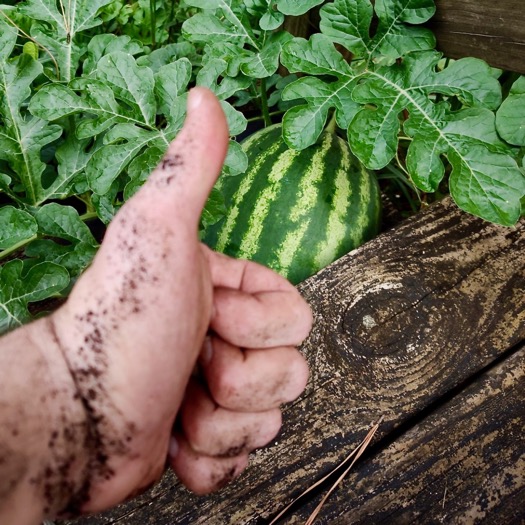
August:
It is always a challenge capturing photos of hummers. It took a lot of patience to get these young ruby-throated hummingbirds to pose for me!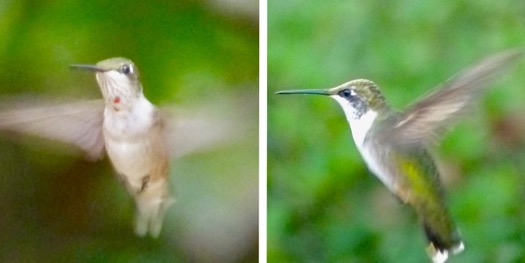
September:
Here is a view of the stone stairway leading from our drive down into the woodland garden. The large tree is a Southern Magnolia.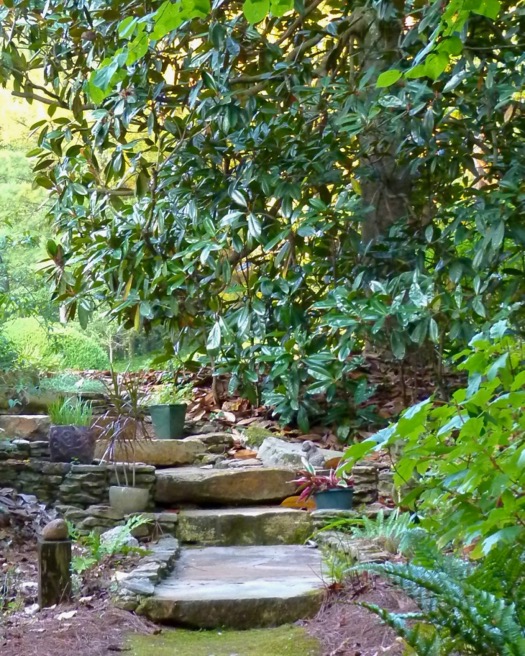
October:
'SkyRocket' Salvia is an annual that grew over three feet tall and wide and bloomed prolifically until hard frost.
November:
These mums are not fancy. They originally were a single pot bought for a few dollars at the grocery store. I have had them for many years, and they have spread to form a satisfying ground cover around a crepe myrtle tree.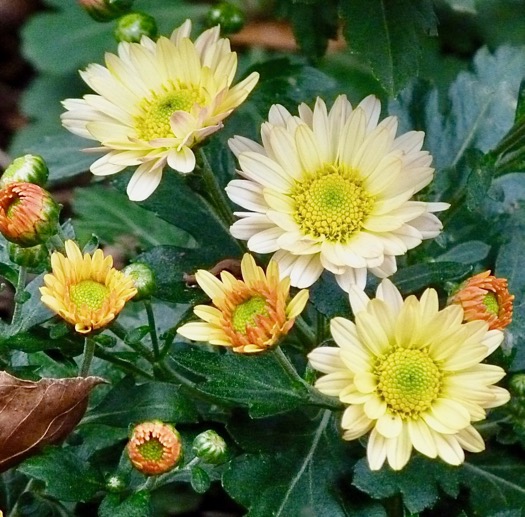
December:
One of the last sunsets of the year is seen through a screen of woodland tree trunks.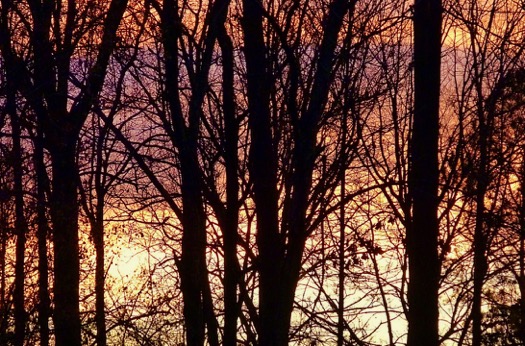
Did you have a favorite month in 2019?
Now on to 2020. Best wishes and happy gardening to you all! Deb
